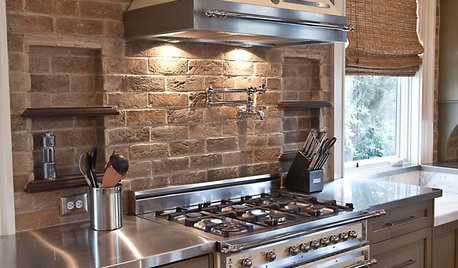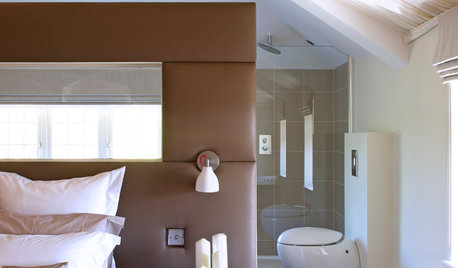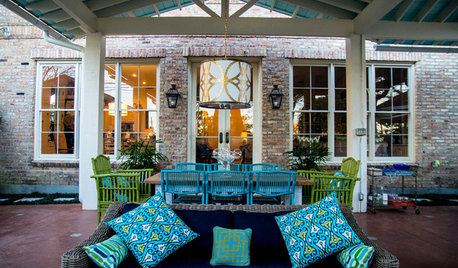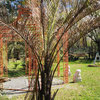Help with wilting Lady Palm that was exposed to dust and heat
thekatocat
11 years ago
Featured Answer
Comments (6)
statenislandpalm7a
11 years agotropicbreezent
11 years agoRelated Professionals
Anderson Landscape Contractors · Beachwood Landscape Contractors · Burien Landscape Contractors · Framingham Landscape Contractors · Indianapolis Landscape Contractors · Kettering Landscape Contractors · Shoreview Landscape Contractors · Southbury Landscape Contractors · Waipahu Landscape Contractors · Ferguson Landscape Contractors · Augusta Window Contractors · Central Islip Window Contractors · Marinette Window Contractors · Opa Locka Window Contractors · Orange County Window Contractorslzrddr
11 years agowetsuiter
11 years agothekatocat
11 years ago
Related Stories

HEALTHY HOMEWhat You Need to Know About Dust and How to Fight It
Breathe easier with these 10 tips for busting mites, dander and other microscopic undesirables
Full Story
PETSHow to Help Your Dog Be a Good Neighbor
Good fences certainly help, but be sure to introduce your pup to the neighbors and check in from time to time
Full Story
KITCHEN DESIGNYes, You Can Use Brick in the Kitchen
Quell your fears of cooking splashes, cleaning nightmares and dust with these tips from the pros
Full Story
You Said It: Hot-Button Issues Fired Up the Comments This Week
Dust, window coverings, contemporary designs and more are inspiring lively conversations on Houzz
Full Story
LIVING ROOMSRoom of the Day: Paring Down to Style Up
A designer helps a San Francisco couple bring better order to their living room to highlight their eclectic style
Full Story
LIFEA Quick Downsizing Quiz for the Undecided
On the fence about downsizing? We help you decide whether that fencing should encircle a mansion or a mini trailer
Full Story
ARCHITECTURE4 Things a Hurricane Teaches You About Good Design
When the power goes out, a home's design can be as important as packaged food and a hand-crank radio. See how from a firsthand account
Full Story
DECORATING STYLES9 Ways to Bring Home a Little British Colonial Style
On a redecorating campaign? Try some tropical accents mixed with dark woods, portable furnishings and a touch of formality
Full Story
PATIOSRoom of the Day: Vacationing at Home in Louisiana
With a fireplace, kitchen, dining area and living room–style seating, this New Orleans patio brings the indoors out
Full Story
LIFE7 Things to Do Before You Move Into a New House
Get life in a new house off to a great start with fresh paint and switch plates, new locks, a deep cleaning — and something on those windows
Full StoryMore Discussions









lzrddr